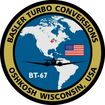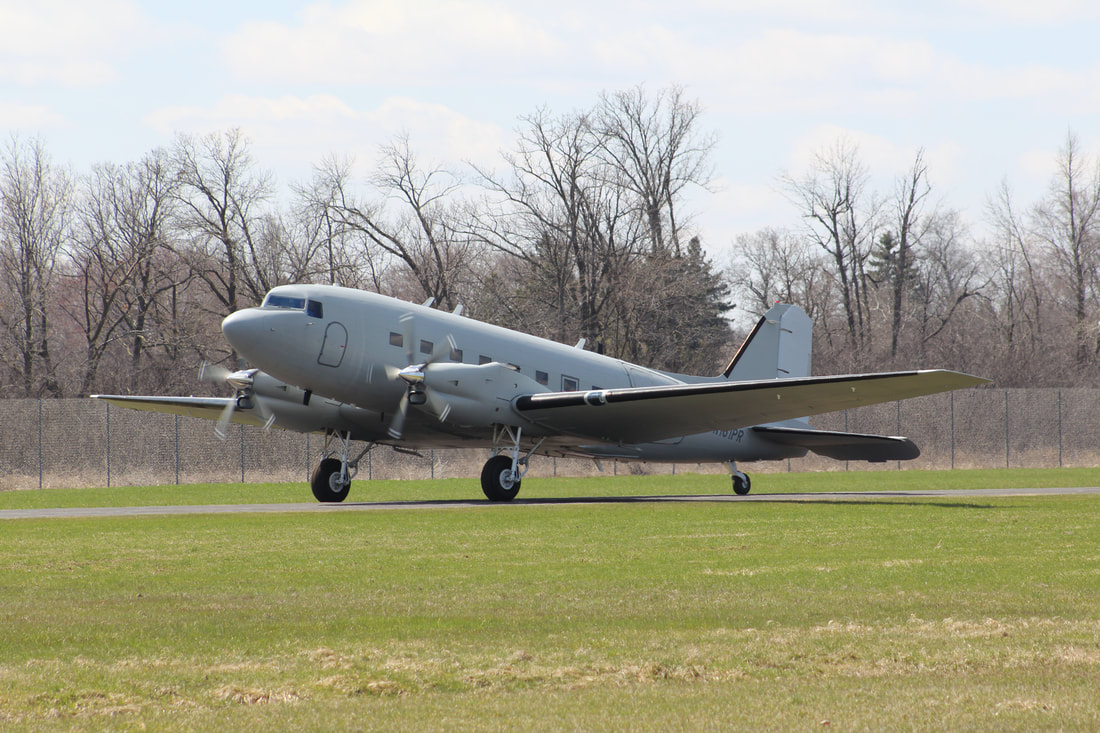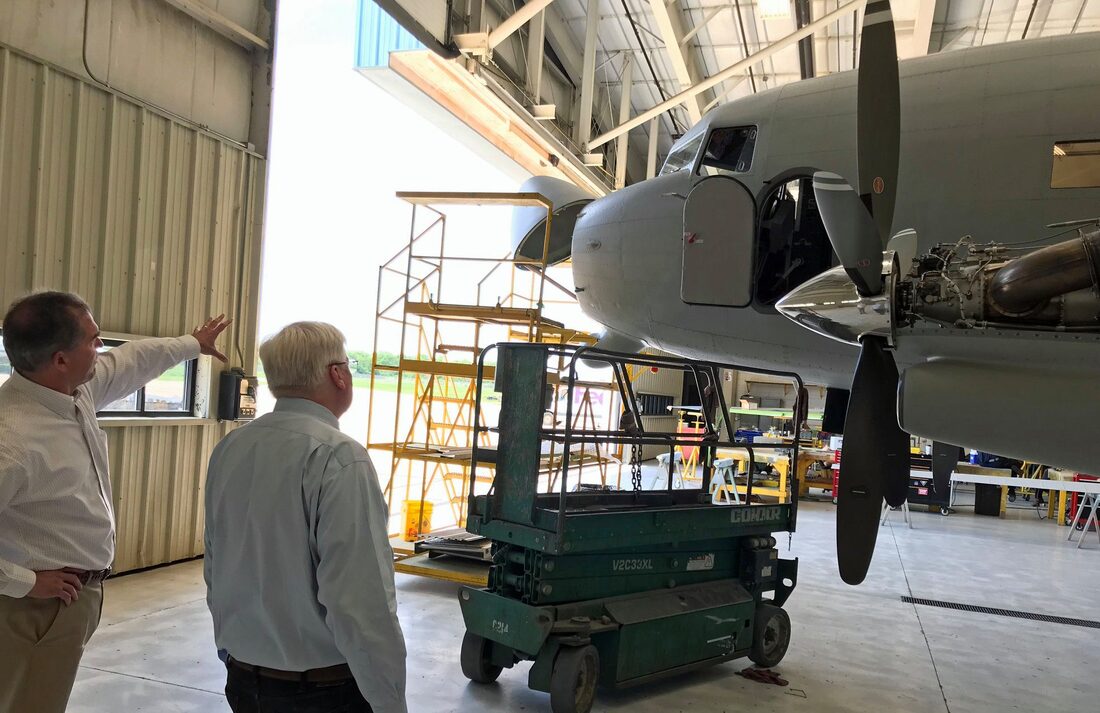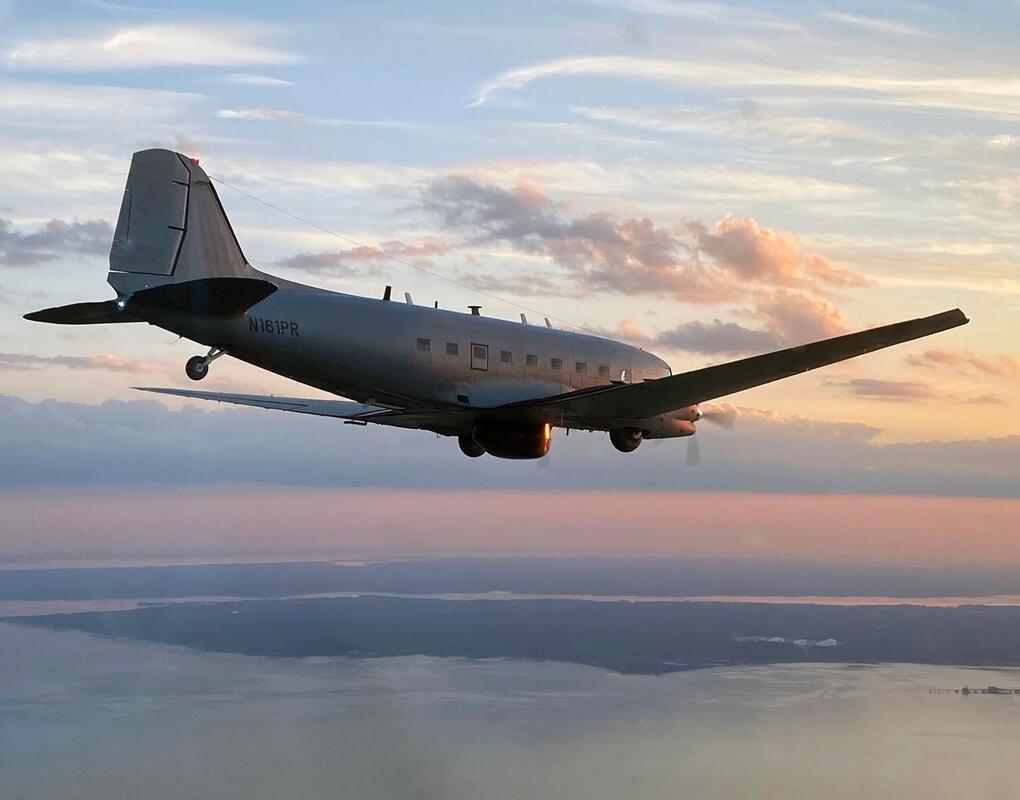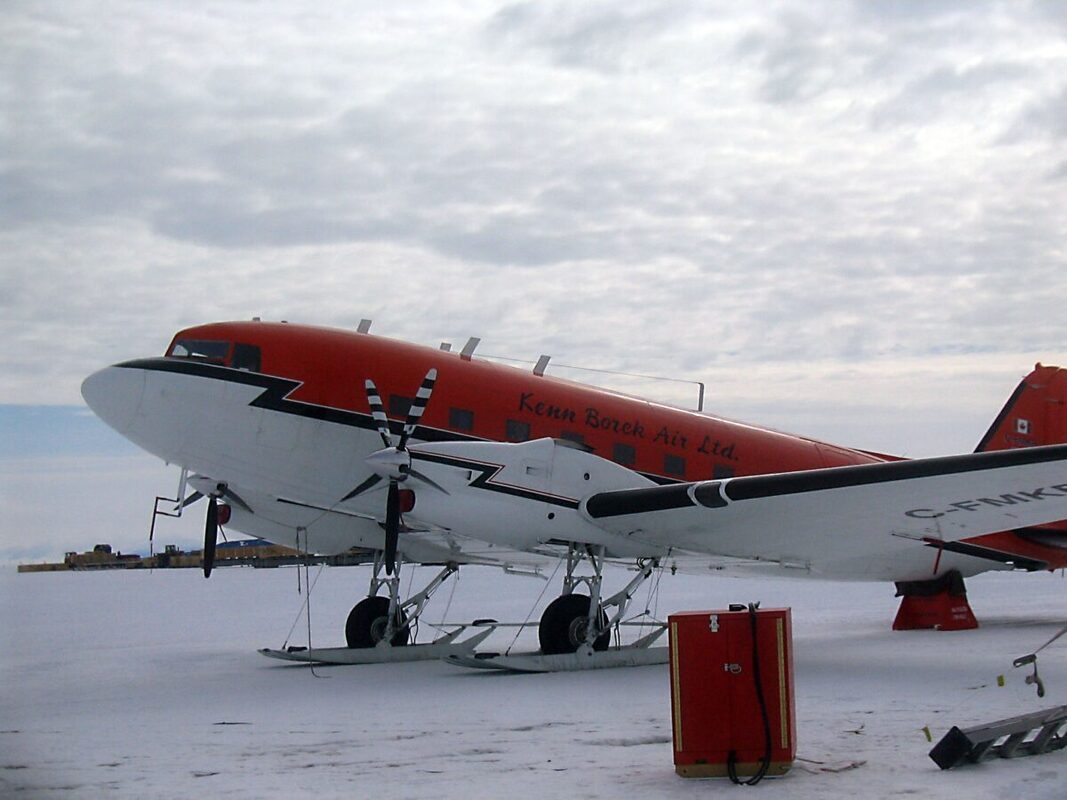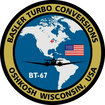NEWS:
WW II Aircraft Flies Again for NAWCAD Telemetry
NAWCAD using rebuilt C-47 as range support aircraft
Rep. Glenn Grothman Tours Basler
WW II aircraft flies again for NAWCAD
Antarctica Has A Domestic Flight – Here Is Why
|
Located at the bottom of the world, Antarctica is the Earth’s fifth-largest continent and the coldest place on earth. With it being so inhospitable for human habitation, it is hard to believe that a landmass permanently covered in ice actually has any need for a domestic flight. Still, it does, and here is why!
|
